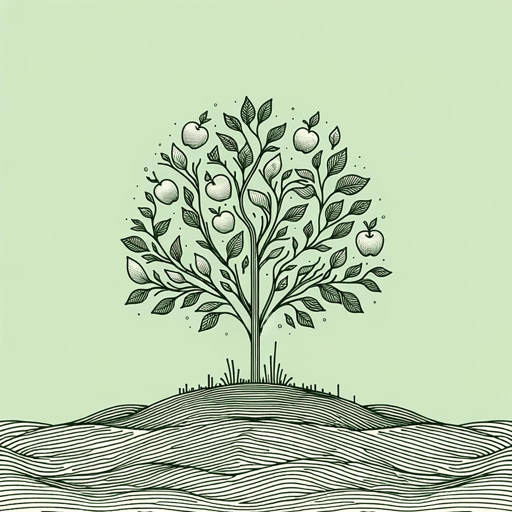27 pages • 54 minutes read
T. S. EliotLittle Gidding
Fiction | Poem | Adult | Published in 1942A modern alternative to SparkNotes and CliffsNotes, SuperSummary offers high-quality Study Guides with detailed chapter summaries and analysis of major themes, characters, and more.
Symbols & Motifs
St. John the Evangelist Chapel, Little Gidding
The poem uses St. John’s Chapel in the village of Little Gidding to symbolize the poet’s search for the still quiet point above and apart from time. The country chapel is a reminder on Earth of the promise of God’s transcendent peace. Eliot himself visited the historic chapel only once, after a luncheon just before the war, but the impact of the place registered.
The speaker comes to Little Gidding to feel the reassuring there-ness of a chapel nearly five centuries old. Little Gidding was the site for a short-lived ultra-conservative Anglican commune during the early 17th-century when England itself was pitched into a fierce holy war between the Church of England and the upstart Puritans, led by Oliver Cromwell. Yes, the chapel and its grounds move through the cycle of seasons, but amid all that flux, the chapel stands. The chapel defies clock time. Despite being in midwinter, the countryside promises the return of spring.
Time is and is not a pressure in Little Gidding. Unlike war-ravaged London—through which the speaker will walk in the next two sections—Little Gidding offers a sanctuary-like feeling of a place a part yet apart, transcending time. Here, the poet yearns for “the unimaginable / Zero summer” (Lines 19-20), that is, the summer that never surrenders to the autumn, a symbol of the transcendent realm for which the poet searches.
Related Titles
By T. S. Eliot

Ash Wednesday
T. S. Eliot

Four Quartets
T. S. Eliot

Journey of the Magi
T. S. Eliot

Mr. Mistoffelees
T. S. Eliot

Murder in the Cathedral
T. S. Eliot

Portrait of a Lady
T. S. Eliot

Rhapsody On A Windy Night
T. S. Eliot

The Cocktail Party
T. S. Eliot

The Hollow Men
T. S. Eliot

The Love Song of J. Alfred Prufrock
T. S. Eliot

The Song of the Jellicles
T. S. Eliot

The Waste Land
T. S. Eliot

Tradition and the Individual Talent
T. S. Eliot

